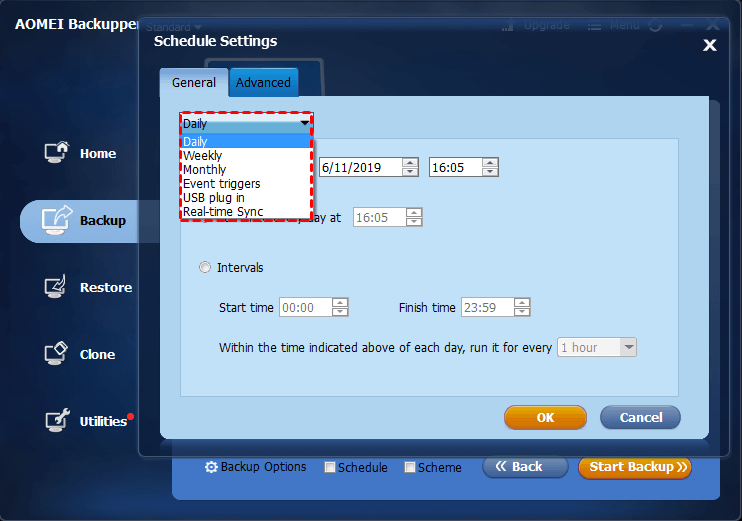
- USB IMAGE TOOL HELP INSTALL
- USB IMAGE TOOL HELP DRIVERS
- USB IMAGE TOOL HELP UPDATE
- USB IMAGE TOOL HELP PATCH
USB IMAGE TOOL HELP DRIVERS
The host and the cluster shouldn't notice any change in the "personality" of the booted server, with all the same drivers and networking and such intact, since it's an exact drive image. Also, if the ESXi host you're thinking of cloning is a member of a cluster, this cloning technique in this article should work, but I have not fully tested this. Thus, the importance of good labeling, to indicate the exact system you took the backup from. Using the cloned image on a different system than it came from will likely lead to networking strangeness, even IP conflicts and/or packet loss. You essentially already had a full dress rehearsal/dry run. What if all you're trying to do is see how a Spectre/Meltdown related Patch, or how a major upgrade from 6.5 to 6.7 goes? When you're done testing the TARGET USB flash drive, fine, just power down, plug the original SOURCE USB flash drive back in, boot 'er up and you're right back where you were, only much more confident your upgrade will go well back on your SOURCE's fully supported ESXi image. Let's think about the unsupported thing for a minute. No worries, you still have the original USB drive, don't you? Even if you lost the physical original USB "thumb" drive, you still have the image on your Windows system's drive! Get it? Now that's peace of mind.
USB IMAGE TOOL HELP PATCH
If that upgrade to a later ESXi point release or patch level doesn't work out well for you, it's just your copy of ESXi that you've scrogged. Now boot it up on the same server that was imaged. Next, restore from that backup to another USB drive, and label it. How about a way to get peace-of-mind, knowing for darn sure that you can roll back an upgrade gone wrong? The basic steps of what's detailed below involve creating a backup image of your known-good USB (or SD) drive where your working ESXi lives, label it, and set it aside.

Isn't your time worth about $10 for a backup? This is especially important if you don't have any official means of VMware support.
USB IMAGE TOOL HELP UPDATE
This cloning technique doesn't preclude you from using the preferred VMware Update Manager method of patching or upgrading, making a backup of your complete ESXi before doing so protects you against troubleshooting issues that might arise afterward. Not every home lab has that, and some are just a standalone ESXi hosts. Some scripted configuration backup methods assume a full vSphere, with vCenter or VCSA installed and configured. What about a more thorough way, that handles both the files and the configuration, and is easy to use? You can back up the entire configuration of your ESXi server using VMware's official way in KB 2042141, but that doesn't grab your ESXi boot files and any custom VIBs.
USB IMAGE TOOL HELP INSTALL
It only takes a few minutes to install ESXi from scratch, but it's the configuration afterward that takes longer, including networking. While the use of such an tool isn't suited for production server use because it's completely unsupported by VMware, I have found it to be invaluable for lab testing purposes, giving me complete peace of mind that I can avoid long troubleshooting sessions by merely restoring from a complete backup image, much like I do with my Windows and Linux PCs and VMs.

I tested this heavily when tinkering with various vSphere 6.5 and 6.7 versions in my home lab. I created the video below that features a very detailed walk-through of an imaging process of the ESXi hypervisor installation that seems to work quite well for me. Posted by Paul Braren on (updated on Jan 27 2019) in


 0 kommentar(er)
0 kommentar(er)
